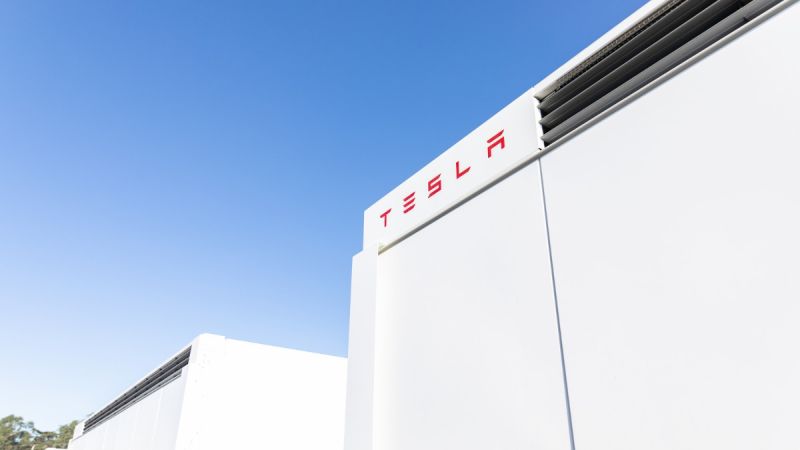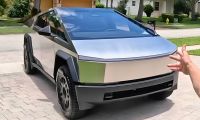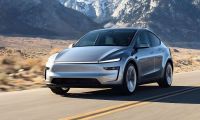The company says its method will remain competitive even if the lithium mined drops from nearly $30/kg today to about $5-6/kg. The Sumitomo Metal method promises a more reliable supply of cobalt, lithium and copper.
It is widely known that batteries that power electric cars can be recycled: the very idea of recycling used-up electric car batteries makes sense because using recycled material in production is far cheaper and less environmentally damaging than mining new material.
These materials are used in the cathodes of lithium-ion batteries, the most common type of battery in electric vehicles, and their worldwide demand is expected to increase. Drawing on its experience in copper refining, Sumitomo Metal has developed a method to cheaply extract copper, nickel, cobalt and lithium from used electric vehicle batteries by crushing them, heating the resulting powder to specific temperatures and adjusting the levels of oxygen. The company claims that the process is the first of its kind in the world.

Sumitomo Metal plans to launch a recycling plant in Japan by 2023. It will have the capacity to process 7,000 tons of shredded batteries per year: enough to extract 200 tons of cobalt, and enough for 20,000 electric vehicles - from batteries that use nickel-manganese-cobalt cathodes.
Sumitomo Metal also said it is on track to extract materials of comparable quality to mining alternatives at relatively low cost, and in commercial volumes. The company says its method will remain competitive even if the lithium mined falls to about $5 or $6 per kilogram, or if nickel and cobalt prices are back to what their former pricing was.
Demand for electric vehicles has skyrocketed the prices of these materials, and obtaining them has become an increasing challenge for companies around the world. Lithium has more than doubled in a year to nearly $30 per kilogram, while cobalt has risen 80% to about $ 60,000 per ton. In addition, many of these materials are under risks to the supply chain and also risk regulatory compliance. About 70% of the world's cobalt is mined in the Democratic Republic of the Congo, in some cases involving child labor, and about 60% is currently processed in China.
Pressure is mounting to use more recycled materials in electric vehicle batteries. Under the new regulations proposed this November, the European Union aims to require electric vehicle batteries to contain a minimum of 12% recycled cobalt and 4% recycled lithium and nickel by 2030. The Volkswagen Group has started testing ways to extract these materials from discarded batteries.

Again, the very good news is that batteries with recycled materials can be just as good, or even better, than those that use new materials. Electric vehicle batteries typically lose about 30% of their capacity and need to be changed after about a decade. Old batteries are often reused as stationary accumulators, which means that they are not disposed of for a few more years.
For now, Sumitomo Metal plans to source small volumes of crushed batteries and use the extracted materials for in-house cathode production. The company wants to invest in this field now to gain an edge over its rivals once battery recycling goes mainstream.
On the other hand, one of the main talking points of anti-electric vehicle groups is often that batteries cannot be recycled, however ridiculous it may sound. This idea has been disproved by Tesla in its 2020 Impact Report, in which it states that 100% of its discarded batteries are recycled and 0% end up in landfills.

Tesla said in that report that “… as the manufacturer of our in-house cell program, we are in the best position to recycle our products efficiently to maximize the recovery of key battery materials. With the implementation of in-house cell manufacturing at Gigafactory Berlin-Brandenburg and Gigafactory Texas, we expect a substantial increase in manufacturing scrap globally. We intend to tailor recycling solutions to each location and thus reintroduce valuable materials back into our manufacturing process.”
Tesla's business is built on the strength of the company's battery innovations. From the days of the original Roadster to the launch of the Model S Plaid this year, it was clear that Tesla's battery technology was a critical factor enabling the company to maintain its edge over competitors in the sustainable transportation market. We will see soon if this potential competition from Sumitomo will represent a challenge or if it will smoothly go on a parallel way with Tesla.
All images courtesy of Tesla Inc.
Nico Caballero is the VP of Finance of Cogency Power, specializing in solar energy. He also holds a Diploma in Electric Cars from Delft University of Technology in the Netherlands, and enjoys doing research about Tesla and EV batteries. He can be reached at @NicoTorqueNews on Twitter. Nico covers Tesla and electric vehicle latest happenings at Torque News.












